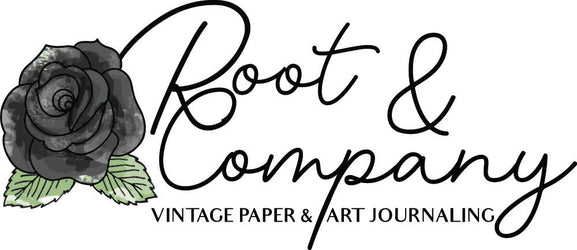Art journaling is a creative practice that combines visual art and writing, allowing individuals to express their thoughts, emotions, and experiences in a unique and personal way. This guide aims to provide beginners with essential information and techniques to embark on their art journaling journey.
At its core, art journaling is about self-expression. It is a space where one can explore their creativity without the constraints of traditional art forms. According to a study published in the Journal of the American Art Therapy Association, engaging in creative activities can significantly reduce stress and enhance emotional well-being. In fact, 75% of participants reported feeling more relaxed after engaging in art-making activities.
To begin art journaling, one does not need to possess advanced artistic skills. The primary requirement is a willingness to explore and experiment. A basic art journal can be created using a simple notebook, which can be enhanced with various materials such as paints, markers, and collage elements. The BV by Bruno Visconti Owls and Forest Flowers Notebooks, for example, offer high-quality paper and artistic covers that can inspire creativity and provide a delightful canvas for artistic expression.
When starting an art journal, it is beneficial to establish a routine. Setting aside dedicated time for art journaling can help cultivate a habit that encourages creativity. Even dedicating just 15 minutes a day can lead to significant improvements in creative output and personal expression.
In terms of techniques, beginners can explore various methods such as doodling, painting, and collage. Doodling is an excellent way to warm up and get into a creative mindset. It allows for free expression without the pressure of creating a polished piece. Painting can be approached with various mediums, including watercolors, acrylics, or even mixed media. Collage, on the other hand, involves combining different materials and images to create a cohesive piece, providing a tactile and visually stimulating experience.
It is also essential to embrace imperfection in art journaling. The process is more important than the final product. A study conducted by the University of California found that individuals who accept imperfections in their creative work are more likely to continue engaging in artistic practices. This mindset fosters a sense of freedom and encourages exploration, ultimately leading to personal growth and artistic development.
In conclusion, art journaling is a fulfilling and therapeutic practice that can enhance creativity and emotional well-being. By utilizing high-quality materials and embracing a mindset of exploration, beginners can embark on a rewarding journey of self-expression. Whether through doodling, painting, or collage, the possibilities are endless, and the only limit is one's imagination.
